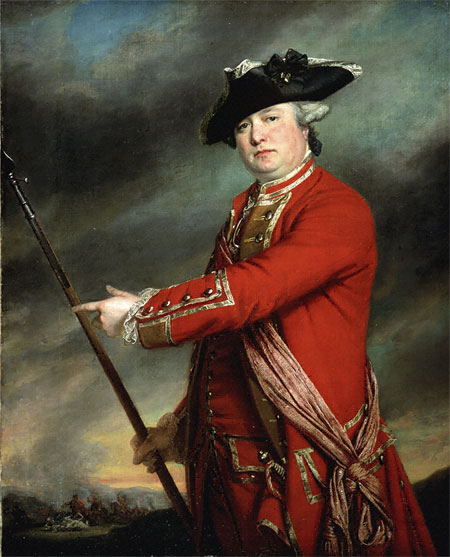About Publications Library Archives
cthl.org

Preserving American Heritage & History

Preserving American Heritage & History


Major-General Francis Smith (1723-1791), was the British commander during most of the Battle of Lexington and Concord, Massachusetts on April 19, 1775. The battle ignited the Revolutionary War that would see America become a separate nation.
Smith was lieutenant colonel of His Majesty’s 10th Regiment of Foot (its descendant is the Royal Anglian Regiment in the modern British Army). Smith ordered light infantry to move forward while he stayed with the main body of the expedition, thus he was not present at the skirmish in Lexington. Major John Pitcairn of the Royal Marines was in charge of the advance guard. Smith’s regiment, the 10th foot, was present at both the Lexington Green and the Old North Bridge in Concord. Smith was wounded in the thigh by Lexington militia, led by Colonel John Parker, during the British retreat back to Boston later that day in what has been called “Parker’s Revenge”.
He was promoted to full Colonel at the years end and later promoted to Brigadier General. On the night of March 4, 1776, during a snow storm, British sentries on duty near the Boston Neck heard digging across the bay on Dorchester Heights. This was reported to Smith, who did not report this to his own superiors at the Province House. By dawn on March 5, the Americans now had a full breastworks constructed on the heights. This resulted in the British being forced to evacuate Boston and sail to Halifax, Nova Scotia.
When General William Howe and the British Army sailed to New York in August, Smith commanded a brigade during the British victory at the Battle of Long Island. In August 1778, he led the brigade at Quaker Hill in Newport, Rhode Island during the Battle of Rhode Island. The 10th Regiment served in the American Revolution until 1778 and then returned to England after 19 years service overseas. Smith returned to America in 1779 and was promoted to Major General.